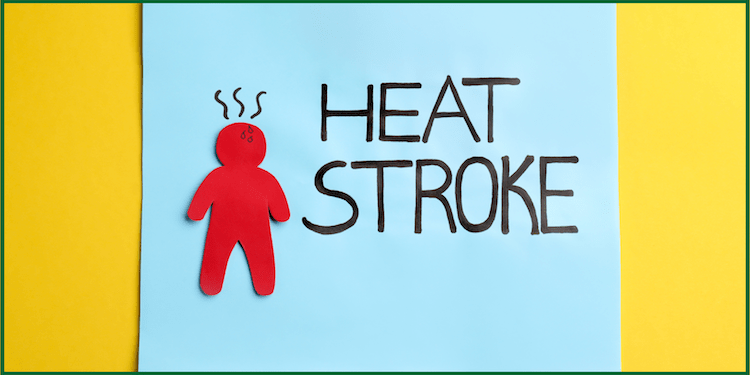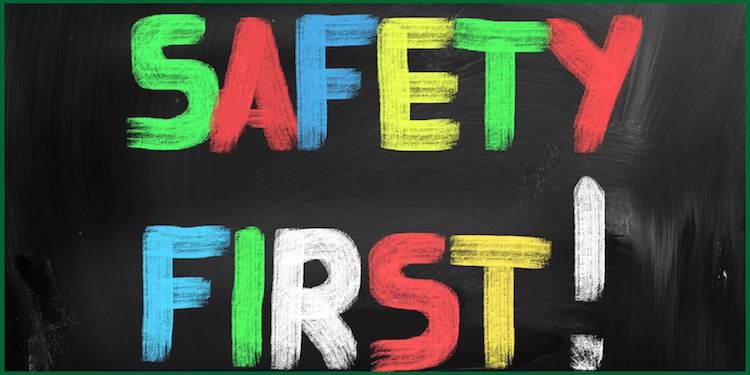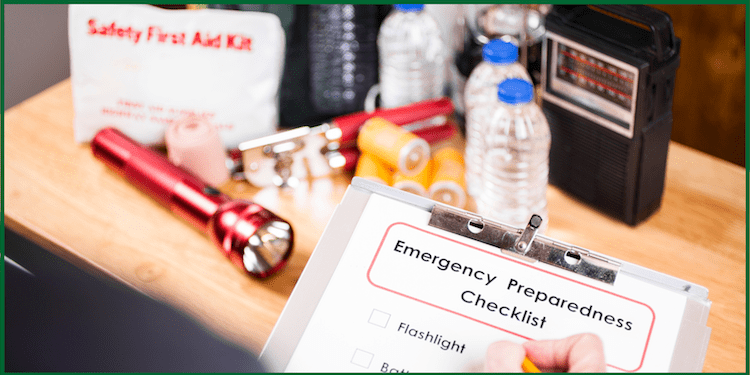Heat-related illnesses can be highly harmful, and safety measures are necessary during the hot season to ensure survival during the hottest summer days.
As the scorching sun blazes upon us during the summer months, it is crucial to understand the risks associated with heat-related illnesses and take necessary precautions to stay safe.
Whether you’re an outdoor enthusiast, an athlete, or simply spending time under the sun, this article will guide you on preventing heat-related illnesses and provide valuable summer safety tips to beat the heat.
Understanding Heat-Related Illnesses:
Heat-related illnesses encompass a range of conditions due to extensive exposure to high temperatures. The most common types include heat stroke and heat exhaustion.
Heat exhaustion manifests with heavy sweating, dizziness, nausea, and fatigue. In contrast, heat stroke is a more severe condition characterized by a high body temperature, rapid pulse, confusion, and even loss of consciousness.
Both conditions require immediate medical attention and can be life-threatening if left untreated.
Preventing Heat-Related Illnesses:
- Stay Hydrated: Hydration is paramount in preventing heat-related illnesses. Even if you don’t feel thirsty, drink plenty of fluids. Opt for water, sports drinks, or fruit juices, and avoid excessive alcohol or caffeine consumption, as they can contribute to dehydration.
- Dress Appropriately: Wear loose, lightweight, and light-colored clothing to help your body regulate temperature. Avoid dark-colored or tight-fitting clothing that can trap heat and hinder sweat evaporation.
- Limit Sun Exposure: When possible, stay in shaded areas, especially during the hottest hours of the day (usually between 10 a.m. and 4 p.m.). If you must be out in the sun, use protective measures like wide-brimmed hats, sunglasses, and sunscreen with high SPF.
- Take Regular Breaks: Schedule frequent breaks in shaded or air-conditioned areas if you’re engaged in physical activities or working outdoors. Frequent breaks will allow your body to cool down and recover from heat buildup.
- Acclimate Yourself: If you’re not accustomed to high temperatures or engaging in intense physical activity, gradually acclimate yourself over a few days to help your body adjust to the heat. Start with shorter durations and lower intensity levels before gradually increasing them.
- Use Cooling Techniques: Utilize cooling techniques to lower your body temperature. Apply cool towels or wet bandanas to your neck, wrists, or forehead. Take cool showers or use misting fans to relieve the heat temporarily.
- Check on Others: Keep an eye on those around you, especially children, elderly individuals, and people with chronic illnesses. These sets of people are more susceptible to heat-related sicknesses and may require extra assistance or monitoring.
Bottomline:
Prioritizing your safety in hot weather conditions is vital to avoid heat-related illnesses. The abovementioned precautions can significantly reduce the risk of heat exhaustion and stroke.
Remember to stay hydrated, dress appropriately, limit sun exposure, take regular breaks, and gradually acclimate to the heat.
By being proactive and cautious, you can enjoy outdoor activities while keeping yourself and others safe from the potentially harmful effects of excessive heat. Stay cool, and have a wonderful summer!
Do you enjoy this reading? Kindly share with family, friends, and colleagues. Thanks! 🙂



